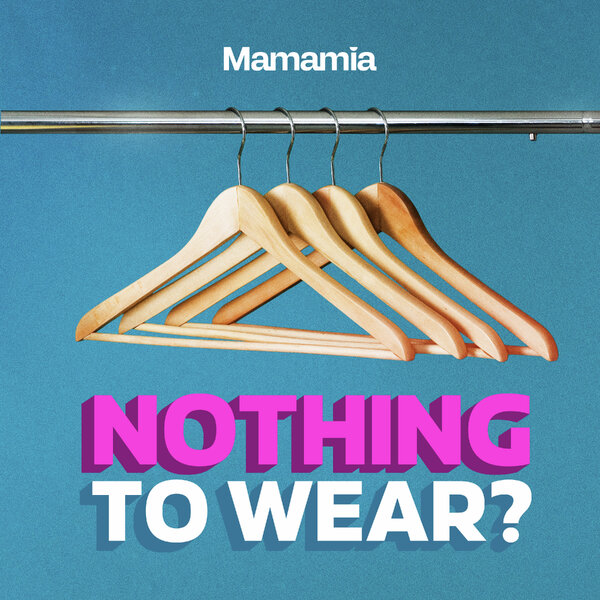By LYNNE RAVENHALL
‘This is our family story about heart disease, and the many different ways we can all be affected.’ – Lynne Ravenhall
Growing up in Melbourne in the 1940’s I was part of a large, loving family. I didn’t realise then just how young a lot of our male relatives were when they passed away, as 50 seemed quite ancient, but I remember heart disease being spoken about often.
Generations of heart disease
After a series of heart attacks my dad died aged 54, followed by his elder brother a couple of years later. Two other uncles died within six weeks of my father. At that time I thought that angina (chest pain or discomfort caused by insufficient blood flow and oxygen to the muscle of the heart), which led to heart attacks and then death, was a condition exclusive to the male members of the family.
That was until my sister Rhonda, aged 51, had a major stroke. Rhonda was becoming well known as a writer, poet and playwright, and was struck down just as success was coming her way. Although she recovered at first, and took every precaution, another stroke when she was 53 led to her death.
A crisis on holiday
I was still not concerned about myself, in spite of having hypertension and high cholesterol. After all, I wasn’t overweight, enjoyed an active lifestyle and had never smoked.





























































































